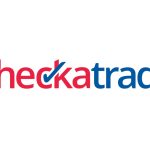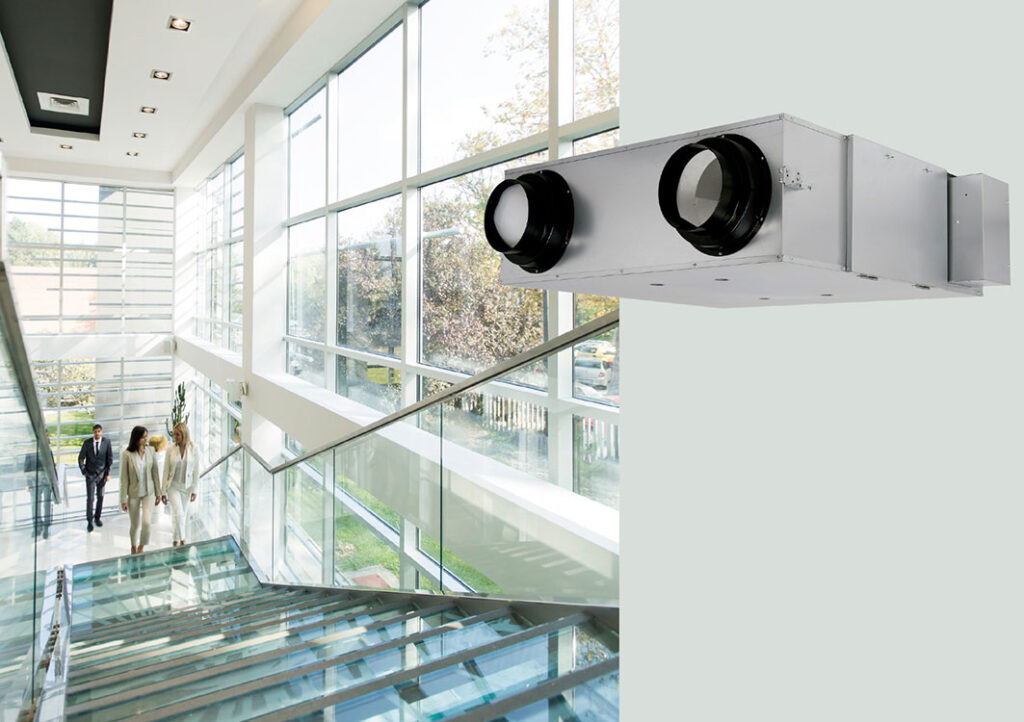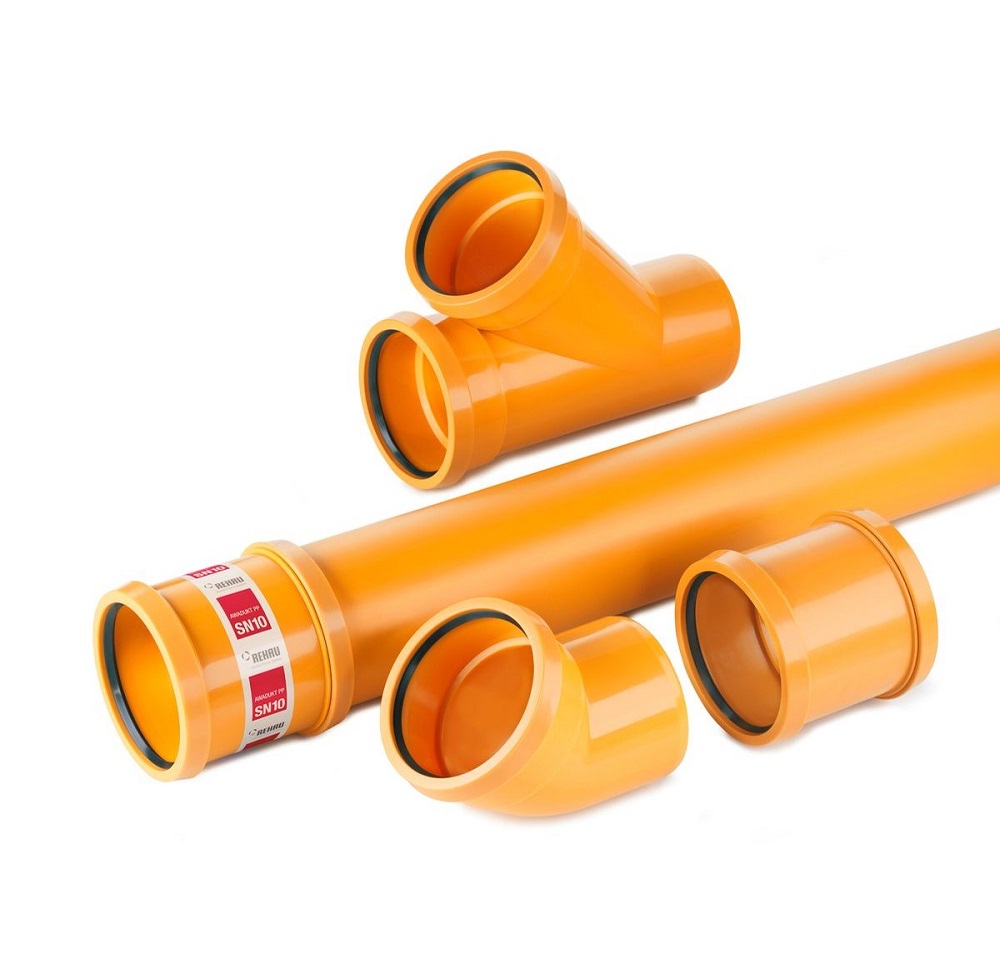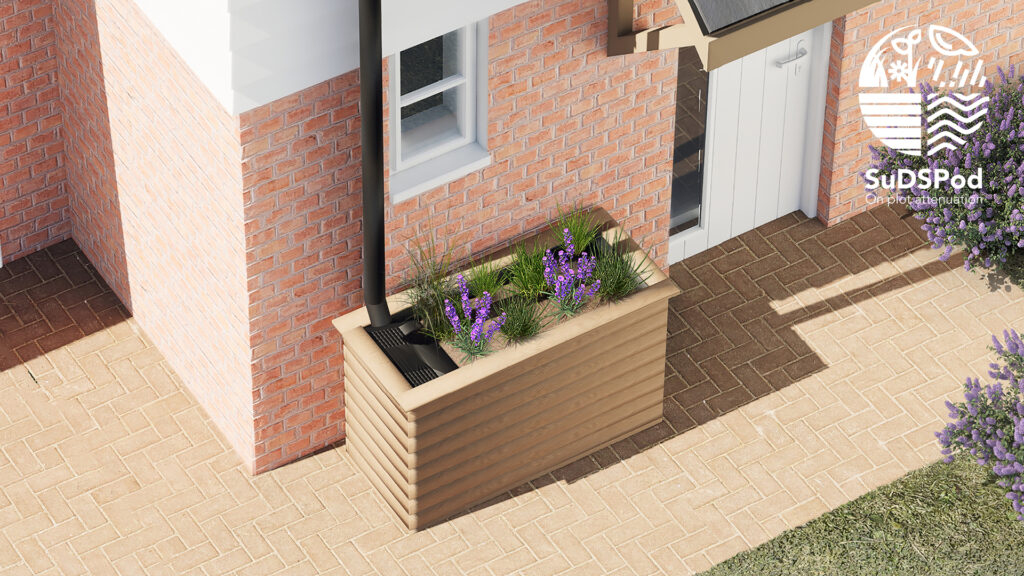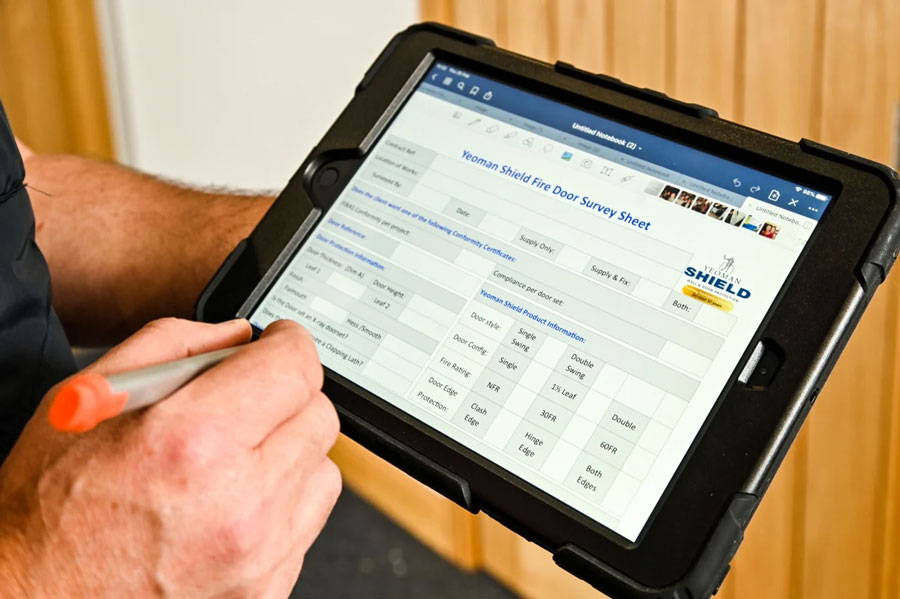Balancing act
Hot water is dangerous – there is no question about it. However, there is a conundrum – deliver hot water too hot and it scalds, store it too cool and it could breed bacteria. Water at temperatures of 50°C and above is likely to scald, but if it is stored at a temperature of any less than 60°C then deadly organisms, such as legionella, can breed.
It is important to guard against virulent diseases. For example, the mortality rate for Legionnaires’ diseases is around 10-15%. Legionella bacteria is dormant at below 20°C, thrives at temperatures between 20-45°C and dies off in less than five minutes at temperatures above 60°C. The Department of Health and the UK Health and Safety Commission has recommended keeping water temperatures above 50°C and below 20°C.
However, it is important to make sure that the water does not actually come out of the tap at that temperature, a point demonstrated by the case of 86 year-old Evelyn Cowley. A decorated RAF officer, Cowley died in 2011 after being scalded in her bath at the De Vere Royal Bath Hotel in Bournemouth, Dorset. The inquest heard that hot water had warmed in the hotel’s boiler at 60°C and came out of the hot tap at around 50°C, to reduce the chance of spreading Legionnaires’ disease.
The ABC of TMVs
A Thermostatic Mixing Valve (TMV) would have saved Mrs Cowley. All TMVs offer vital protection to people against scalding when showering, bathing and hand washing, by controlling the blend of hot and cold water that comes out of the tap. TMVs enable water to be stored at a temperature that is high enough to kill bacteria, but deliver it at a safe temperature, even if the flow rates or incoming water pressures change.
On the domestic front, this is now compulsory for baths in all new build, extensions of buildings or buildings with a material change of use following the revision of Building Regulations Part G3 in April 2010. Section 3.65 covers the prevention of scalding and states: “The hot water supply temperature to a bath should be limited to a maximum of 48°C by use of an inline blending valve or other appropriate temperature control device, with a maximum temperature stop and suitable arrangement of pipework.”
The difficulty is there is no such compulsion to retrofit this sort of device in existing properties. That is why there are still so many injuries being caused by scalding and why campaigns such ‘Hot Water Burns Like Fire’ are necessary to limit water temperatures in all homes to 48°C.
Temperature study
Researchers at the University of Nottingham came to a similar conclusion as long ago as 2011. They called for thermostatic mixer valves to be fitted as standard after their research showed that the valves significantly reduce the risk of scalding.
The University’s Division of Primary Care carried out a study in partnership with Glasgow Housing Association — one of the UK’s largest social housing providers. The study recruited more than 120 families with children aged under five and split them into two groups, one of which received a TMV for the bath set at a maximum temperature of 45°C.
The result was that families with a thermostatic mixing valve fitted to the hot and cold water pipes in their bathroom had bath water temperatures that were up to 11°C cooler than those without and their baths were within the recommended temperature of 46°C. As a result of the study, Glasgow Housing Association has fitted 24,000 new bathrooms with the valves and retrofitted another 12,000.
This study provided yet more compelling evidence that the TMV is the simplest and most effective way of ensuring that hot water is both sanitary and safe. However, only valves that have been tested and approved to the TMV2 scheme should be fitted in homes. BuildCert launched the TMV2 scheme back in 2003 to provide independent verification that valves certified at TMV2 are specifically designed, built and tested for the domestic market.
The European standards BS EN 1111 and BS EN 1287 provide the basis for performance testing, but the TMV2 standard also imposes other requirements such as audit testing, instructions and marking. Using valves accredited under the TMV2 scheme to control the bath water temperature guarantees that they have been independently verified to comply with the requirements of Part G.
By fitting the correct controls to the hot water supply we can combine safety and hygiene, so that water is free from potentially dangerous bacteria, and less likely to scald – saving the NHS a considerable cost. A study by the Manchester Burns Service in 2013 found that bath/shower/ sink scalds cost a total of £480,000 in that region alone, meaning that these injuries costs millions in the UK as a whole. Predictably children (25) were the majority of the 37 to be injured. Prompt action to upgrade taps and mixers would avoid both the cost and the trauma.

